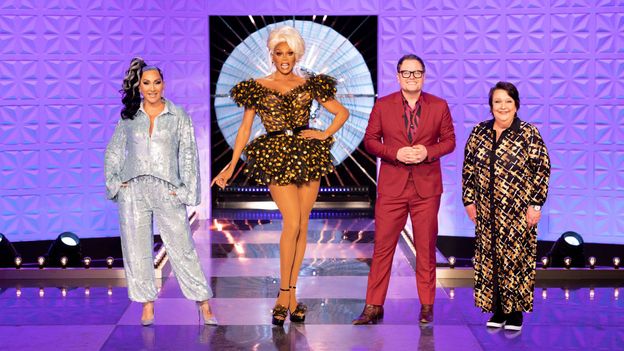Why critics are wrong about reality TV


It’s easy to see why Drag Race made the top 100: it brought drag to the masses and was a significant milestone for LGBTQ+ representation on TV. But why didn’t more reality TV make the cut? Big Brother, one of the biggest reality shows ever, didn’t qualify because its original Dutch version premiered in 1999. Some hugely popular shows that did meet the criteria were noticeably absent, though. The Great British Bake Off, for example, which has been a hit on the BBC and then Channel 4 in the UK, as well as Netflix in the US. Netflix’s revival of Queer Eye – a more caring type of makeover show that attempted to deconstruct modern masculinity – was also excluded. These snubs suggest that, nine years on from the Baftas introducing an awards category for Best “Reality and Constructed Factual show” – of which Made in Chelsea was the second ever winner – reality TV is still perceived by many as a low-quality art form.
While reality TV may not be held in much critical esteem, its growth over the last two decades has been extraordinary. A 2017 study found that a fifth of all primetime TV programmes in the US were reality shows – second only to drama. Its influence on wider culture is undeniable, from the ascension of reality stars to the status of A-list celebrities, like Paris Hilton and the Kardashians – and even, in the case of Donald Trump, to president of the United States. The dawning of the “influencer era” and the merging of news and entertainment feel impossible without it too. As the New York Times put it in March this year: “Reality TV is part of the atmosphere. It is an entertainment genre and lifestyle, career path and political philosophy.”
A genre is born
While reality television has truly saturated culture since the turn of the millennium, it first emerged as a distinct genre in the early 1990s. In 1992, MTV series The Real World premiered in the US. The show followed a group of young adults as they temporarily lived in New York together in one home, while being filmed non-stop. As the series changed city with every season, it was radical in its early years for spotlighting diverse perspectives on sex, racism, abortion, politics and addiction.
The Real World wasn’t the first reality show. In 1973, An American Family documented the everyday life of a regular American family to an audience of 10 million. But filming people who didn’t know each other in an artificial environment was pioneering and marked the point “reality television” started to be used more widely as a term. Kate Aurthur, Editor-At-Large at Variety, tells BBC Culture that The Real World was a “huge” event in her friends’ lives: “The cast were all around my age, and seeing Norm Korpi especially – the queer member of the cast – felt to me like change was coming. And it did!” Two seasons later, The Real World featured Pedro Zamora, a gay man who was living with Aids. On the show, Zamora had a civil union that his roommates attended. “It’s almost impossible to describe how revolutionary this kind of representation was,” Aurthur says. “In those early years, the show made it its mission to represent the spectrum of young people, and there were completely crucial conversations on screen about everything – not only sexuality, but race and sex and religion. The Real World changed the real world.”








